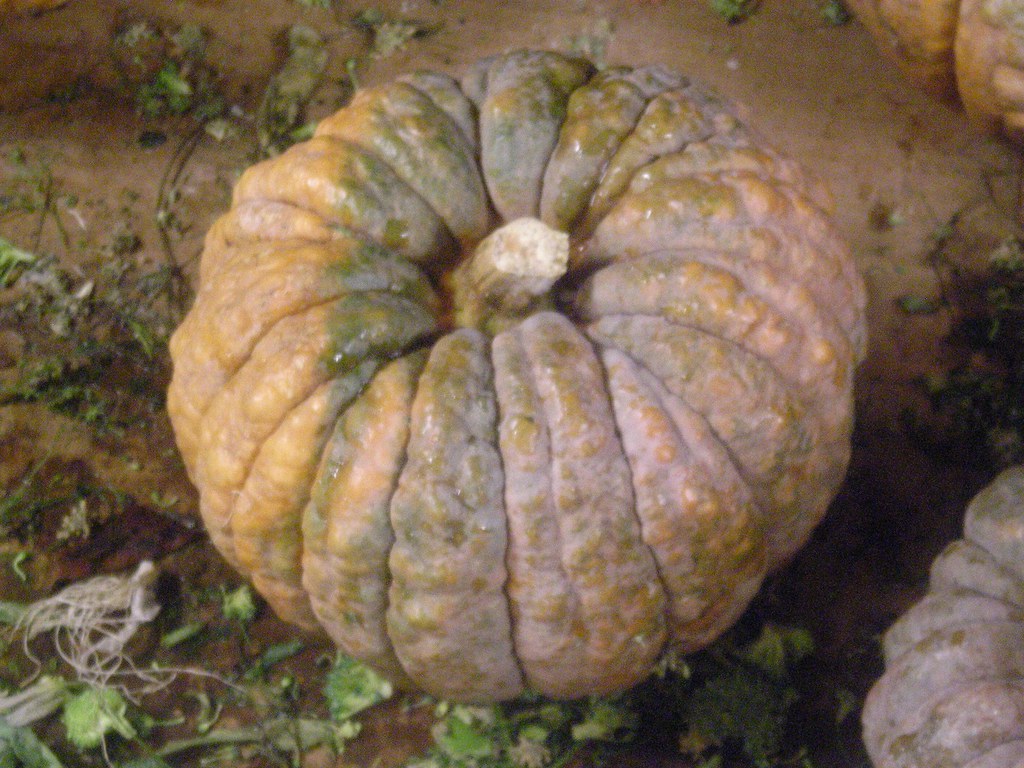This is a bumpy, pumpkin shaped butternut squash. It’s a Japanese heirloom pumpkin with bumpy skin that ripens from deep black green to a warm orange color. The skin and flesh are edible and the flesh develops into a nutty flavor once cured. The fruit is great roasted, fried in tempura, pureed into pie or soup, or you can even pickle it! Plant yields 3-5 fruits per plant, each averages 3 pounds! Fruits store for 4-5 months if properly cured.
Planting/Harvesting Notes
- Plant after all chance of frost has passed in an area that receives full sun
- Plant 4-5 feet apart
- Matures in 90-100 days
- Harvest before any hard frosts.
- Cure by exposing fruits to sun for 5-7 days or cure indoors by exposing squash to 80-85F temperatures and 80-85% humidity with good ventilation.
Seed Saving
The seeds for winter squash are fully developed when the squash is ready to eat. If you would like to save the seed, you either need to plant only one variety of squash (pumpkins, cucumbers, zucchini, summer squash, and winter squashes are all the same species), or you need to hand pollinate the flowers to ensure your squash have not been cross pollinated with other squash from your garden. To hand pollinate flowers, you must put small bags over the flowers and manually transfer the pollen to keep the seeds from cross pollinating.
To save seed, harvest and cure the squash as you normally would for winter storage. Then allow the squash to store until ready to use. Once ready to use, cut the squash and scoop out the seeds into a strainer. Then wash the seeds well to remove any flesh or strings. Lay seeds out to dry on a drying screen, paper plate, or similar flat surface. Label these seeds so you remember what they are. Then once the seeds are dry, store in a labeled paper envelope in a cool, dry place. Dried winter squash seeds will remain viable for up to 6 years if properly stored.
Image credit: “Squash (Black Futsu)” by wikioticsIan is licensed under CC BY-SA 2.0.



